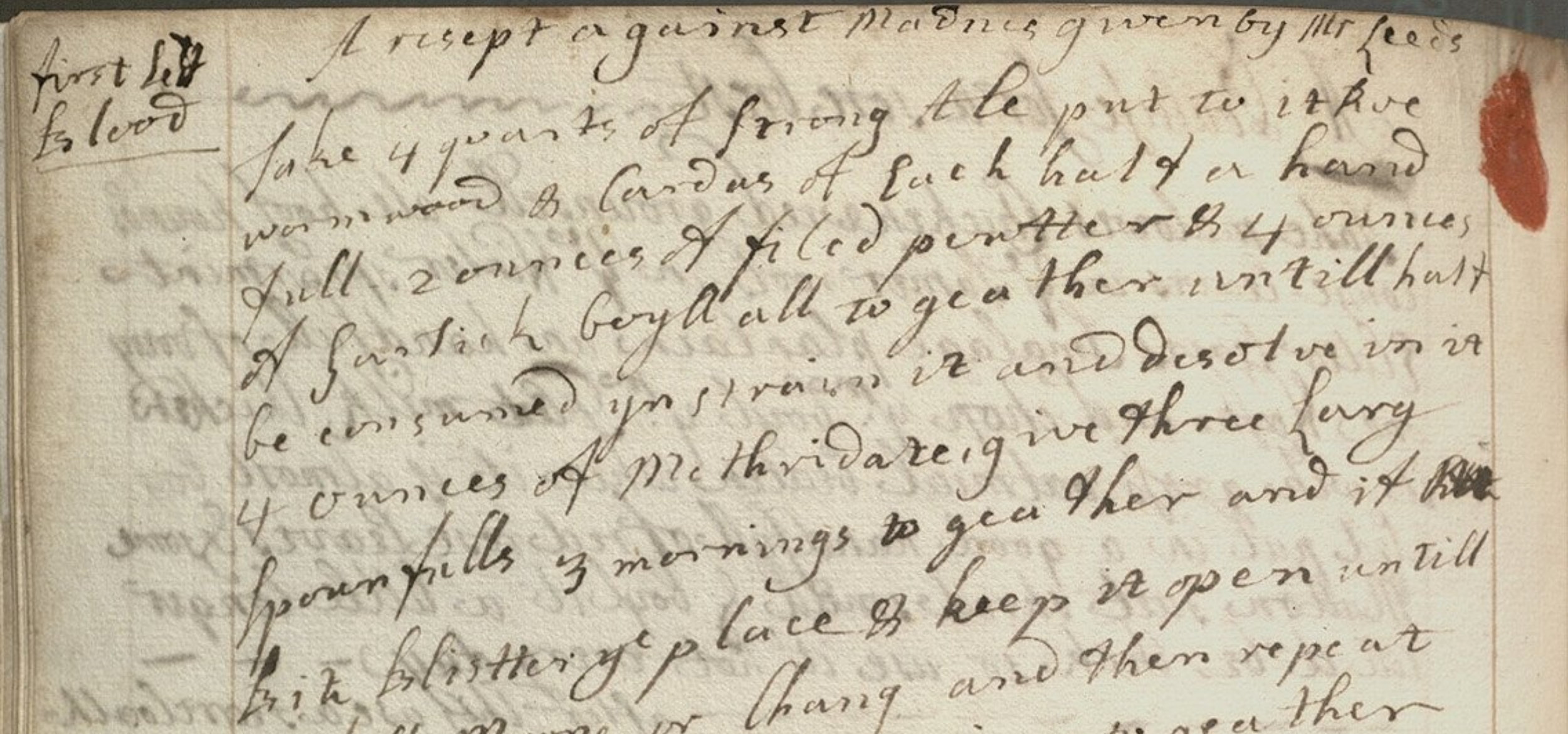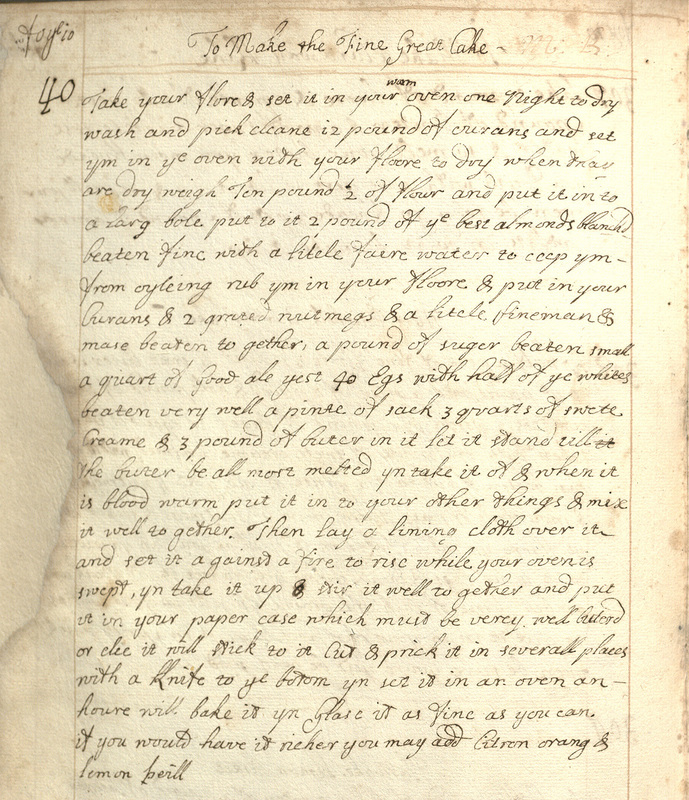Sugar
Prior to the eighteenth century, sugar was quite rare, very expensive, and generally considered medicinal rather than nutritional. Although the Moors had begun to cultivate sugarcane in southern Spain during the medieval period, sugarcane still required hot, humid growing conditions generally not available in Europe, as well as intense cultivation and processing, and much of it was imported from Asia. In price and scarcity, it was comparable to other imported spices such as nutmeg or mace.
In the sixteenth century, Europeans began to cultivate sugar in their New World colonies. Most of the British production was in the West Indies. Sugar production grew slowly at first, but accelerated during the latter part of the seventeenth century and early eighteenth century. Because of increased production, sugar prices dropped in England, which in turn led to increased demand among all classes. Despite the lower prices, sugar production continued to be very lucrative, and by 1750, it was the single most valuable commodity in European trade. As a commodity, sugar drove colonial and national economies. Parts were needed for sugar mills and labor was needed for cultivation and processing. At first, Europeans used Native Americans and indentured European servants, but soon turned to enslaved peoples from Africa, Thus, the sugar trade drove the slave trade.
During the seventeenth and eighteenth centuries, sugar was used in a variety of English foods, including cakes and jellies, as well as alcoholic beverages such as rum. The sugar consumed in the Fairfax household would have probably been imported from the British West Indies and sold in the form of a hard cone (sugar would be scraped off this cone as needed).
Not surprisingly, many recipes from the Fairfax Family Cookbook include sugar. One example is, “To Make the Fine Great Cake,” which calls for a pound of sugar, ten and a half pounds of flour, 40 eggs, 3 quarts of cream, 3 pounds of butter, 12 pounds of currants (a dried fruit similar to raisins), 2 pounds of almonds, and a quart of yeast.
A pound of sugar may seem like a large quantity, but it's only the equivalent of 2 cups of modern granulated sugar. By weight, the sugar/flour ratio of this “Fine Great Cake” is 1 part to 10.5 (most than ten times as much flour as sugar by weight). In comparison, modern cake sugar/flour ratios are closer to 1:1, with roughly equal amounts of sugar and flour by weight. This suggests two things – one, that dessert was a less sweet affair in the 17th century, and two, that “cake” did not mean quite the same thing then as it does now.
- Jen (Stevens) Fehsenfeld
Further Readings:
Abbott, Elizabeth. Sugar: A Bittersweet History. Penguin Group, 2008.
Merleaux, April. Sugar and Civilization: American Empire and the Cultural Politics of Sweetness. The University of North Carolina Press, 2015.
Parker, Matthew. Sugar Barons: Family, Corruption, Empire, and War in the West Indies. Walker & Company, 2012.

